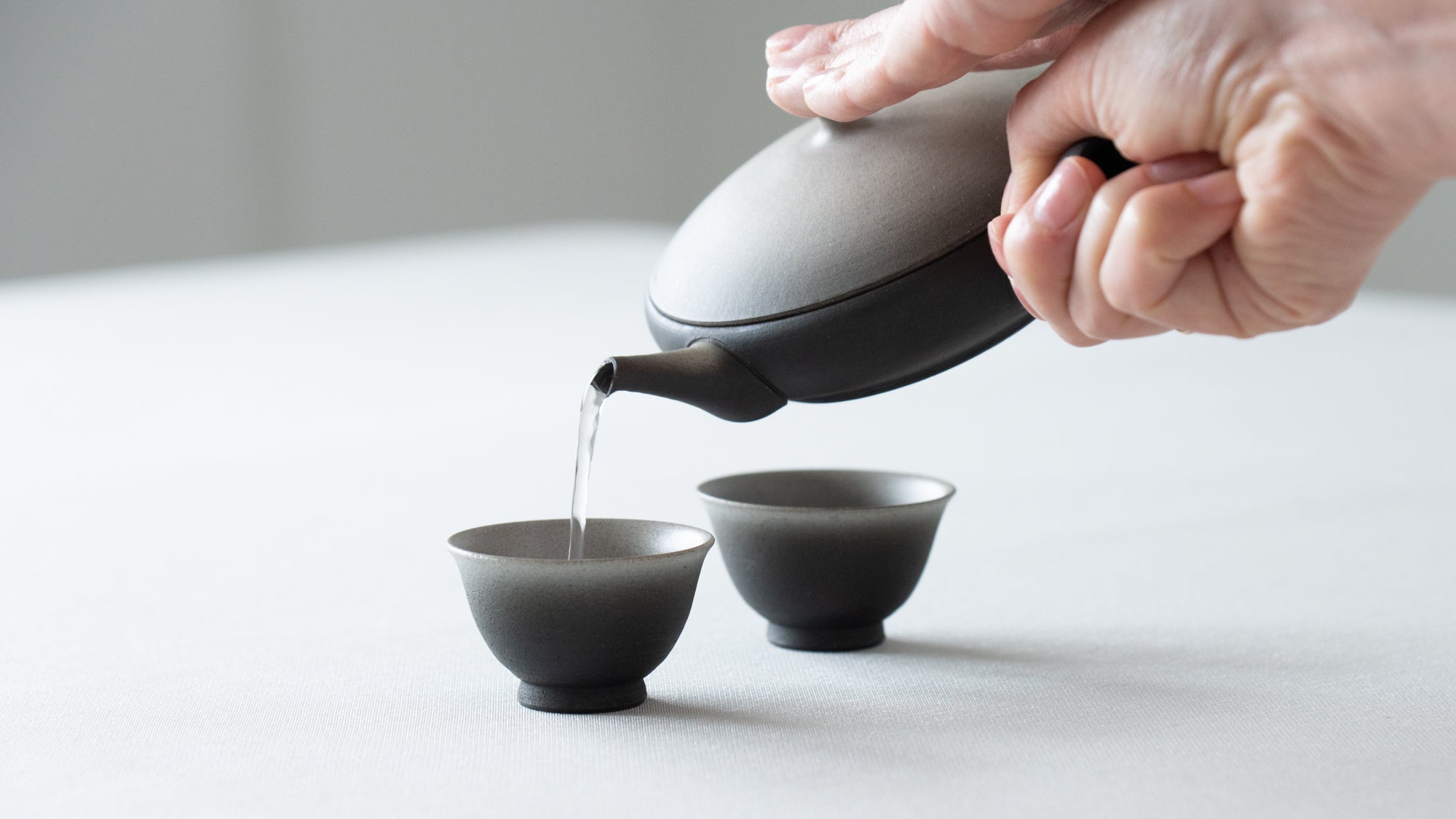
How to Brew an Excellent Cup of Gyokuro Green Tea
Written by Team MUSUBI
Gyokuro is one of the finest Japanese teas, a type of sencha, grown using special cultivation methods.
It has more flavor and sweetness and less bitterness than regular sencha green tea, and has a unique aroma. Because gyokuro is a special type of green tea, the way it is brewed is slightly different from that of regular green tea.
Here are some tips on how to enjoy Gyokuro at its best.
table of contents
What is Gyokuro?

Unlike reguler green tea, which grows in full sunlight, gyokuro is covered with a cloth and kept out of sunlight for several weeks to months before harvesting to reduce bitterness and bring out the sweet flavor. The added difficulty of shading from the sun makes the cost of production higher, leading to the rarity of gyokuro.
Gyokuro has a deep, rich flavor that cannot be experienced with regular green tea, and it also has a unique aroma characteristic of sun-shaded cultivation.
When drinking gyokuro, sip it slowly to allow the flavors to spread throughout your mouth. It takes a little time and effort to brew, but it is the best cup to enjoy in a peaceful and relaxing atmosphere!
How to brew Gyokuro?
Gyokuro is brewed at very low temperatures of 50~60℃ (122~140℉), but it is tedious to wait until the boiled water cools down while measuring it with a thermometer.
However, there is an easy and proper way to brew with hot water at just the right temperature without using a thermometer.
1. Boil water and pour into a teapot

Tap water can be used at this point, but one of the first tips is to use soft water (low mineral density) for making gyokuro and other Japanese teas.
If you are in an area where the tap water is hard water with high mineral content, it is recommended that you use commercially available soft water, as you will not be able to extract the tea well with tap water.
2. Pour into teacups and keep warm

Pour 30cc (1oz) of the hot water from the teapot into each teacups to warm all the utensils. Discard any water remaining in the teapot.
By keeping the utensils warm, the temperature will not cool down rapidly when brewing or pouring the tea, and the flavor and aroma will not be lost.
3. Brew gyokuro


Wait for two and a half minutes to brew.
4. Pour into each teacups

When making several cups of tea, pour a little into each cup in turns, so that the thick tea in the bottom of the teapot is evenly distributed to all cups.
Make sure to pour every last drop of tea. By doing so, the second brew will also taste good. If there is any tea left in the teapot, the second brew may not taste as good.
It is also good manners in Japanese tea culture to pour with both hands, the one holding the teapot and the other holding the lid.

*Note
When using a small capacity kyusu, sometimes the strainer clogs. Gyokuro tea leaves are well-formed and open slowly at low temperatures, making them easy to use in a small kyusu.
Japanese Gifts and the Spirit of "Omotenashi" Hospitality

In Japan, everyone values gyokuro for its exquisite taste. It is indeed a luxury product that is often reserved for special occasions.
Even in your busy daily life, you can make time to savor gyokuro because it is surprisingly easy to brew more than you thought. Please try brewing gyokuro for a relaxing time to relieve daily tiredness.
The Best Tea Items for Gyokuro
Of course, you can use your own tea utensils, but we hope you will refer to this section to enjoy the special tea.
"Gokuhira" Teapot

For teapots, we recommend a flat-shaped teapot called a Hira Kyusu (flat teapot). The shape of the teapot allows the tea leaves to spread out in the hot water easily, bringing out the full flavor of tea leaves that are brewed slowly at low temperatures, such as gyokuro.
In particular, the flattest teapot called "Gokuhira" is most suitable for brewing gyokuro, as the tea leaves spread most easily.
Tea Canister

To store and keep gyokuro tea leaves in their best condition, it is important to store them in a suitable tea canister. Japanese tea canisters have a double-layered lid to prevent the tea leaves from absorbing moisture.
The Kabazaiku, cherry bark work tea canister is particularly well suited for storing tea leaves because the bark of the cherry tree breathes and is both moisture-proof and dry-proof, prolonging the flavor and aroma of the tea leaves.


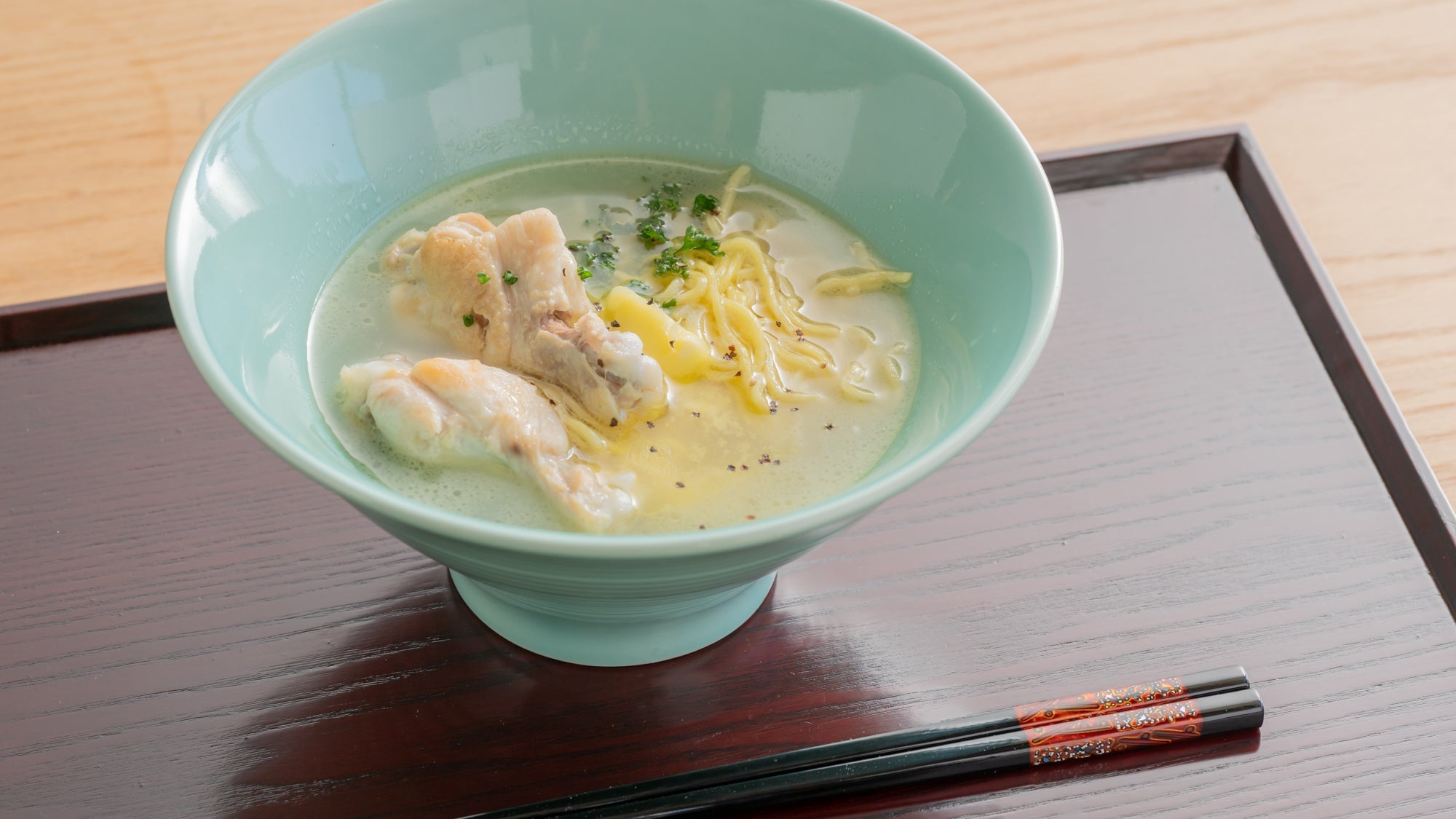
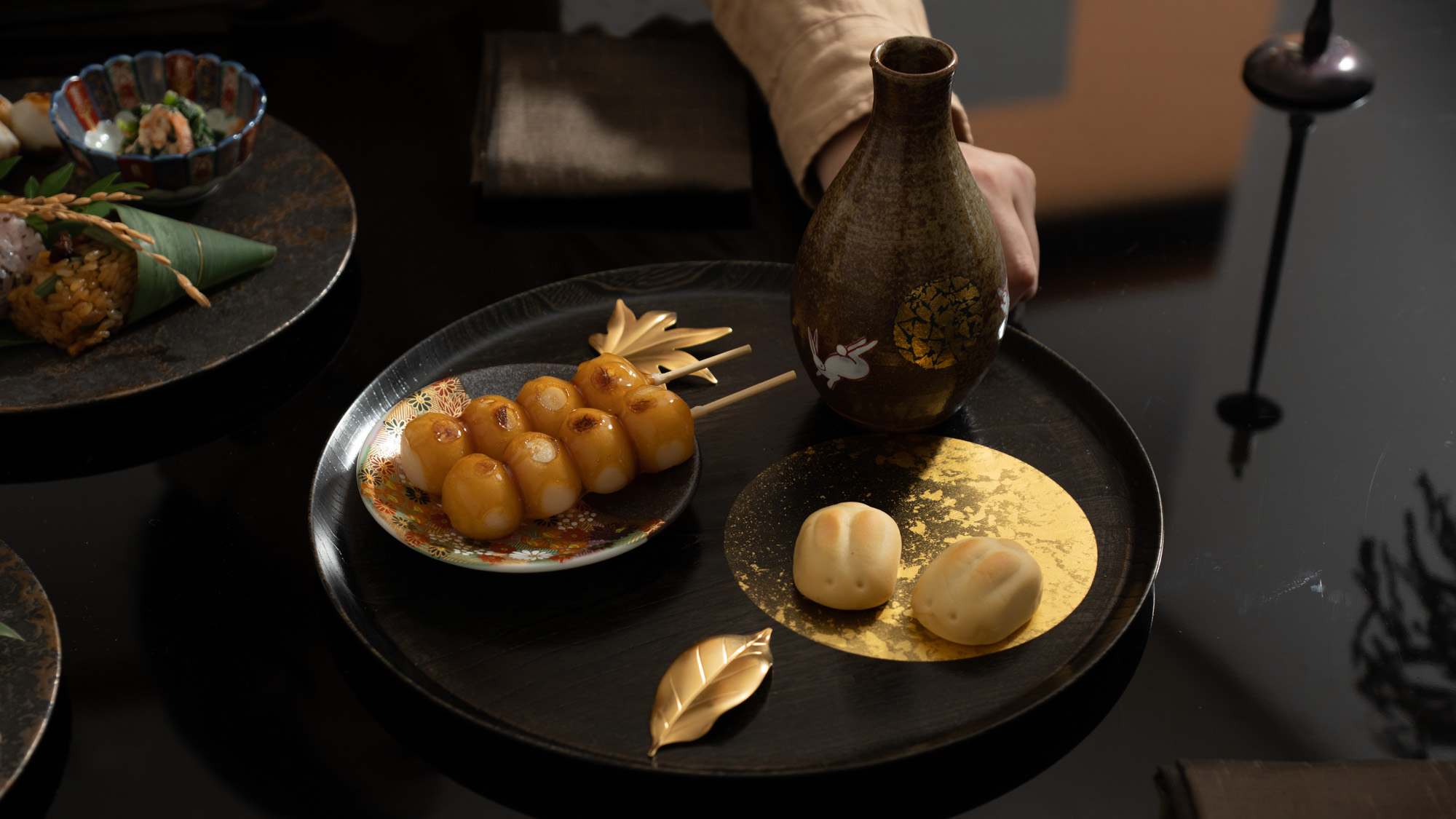
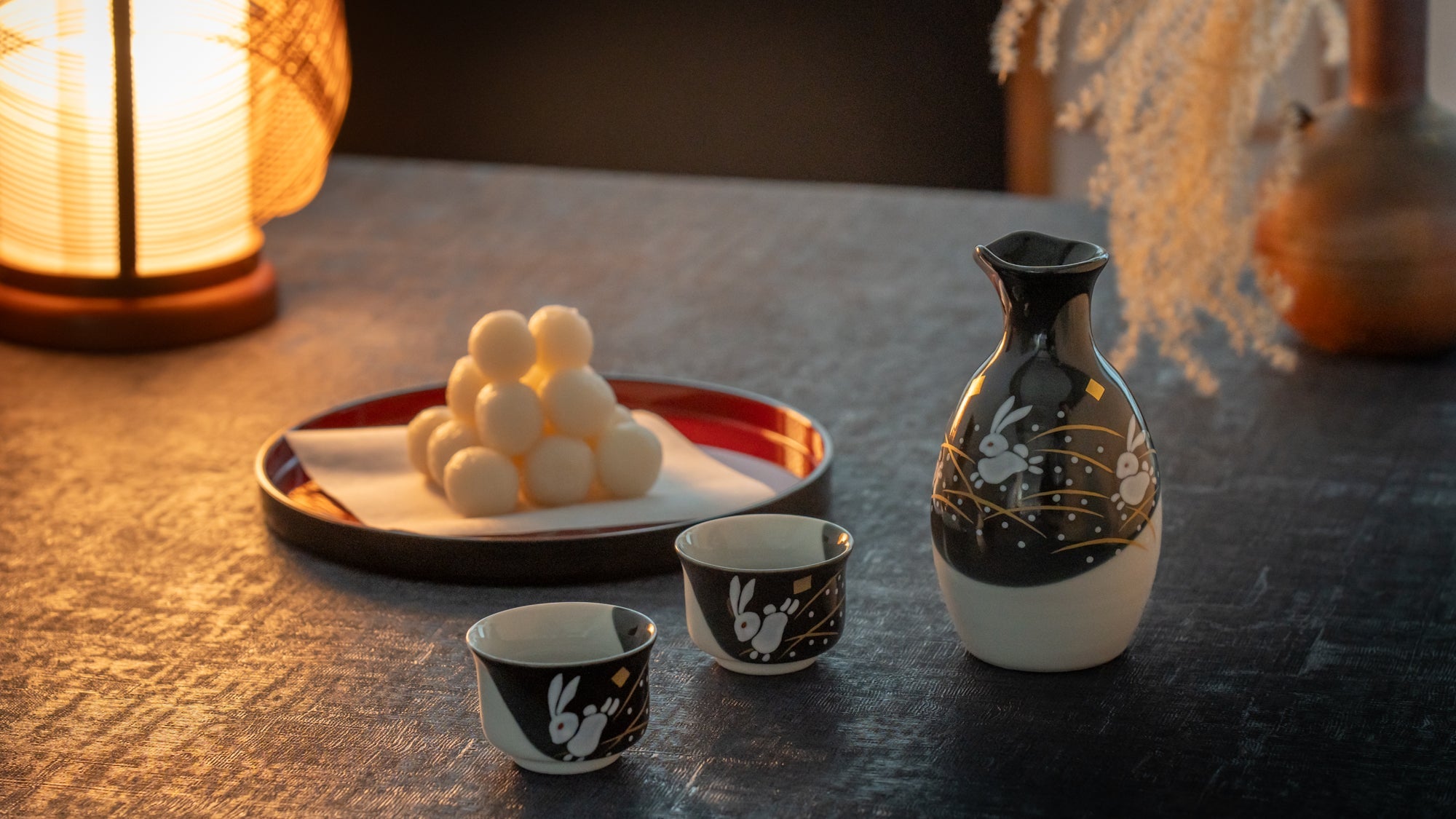
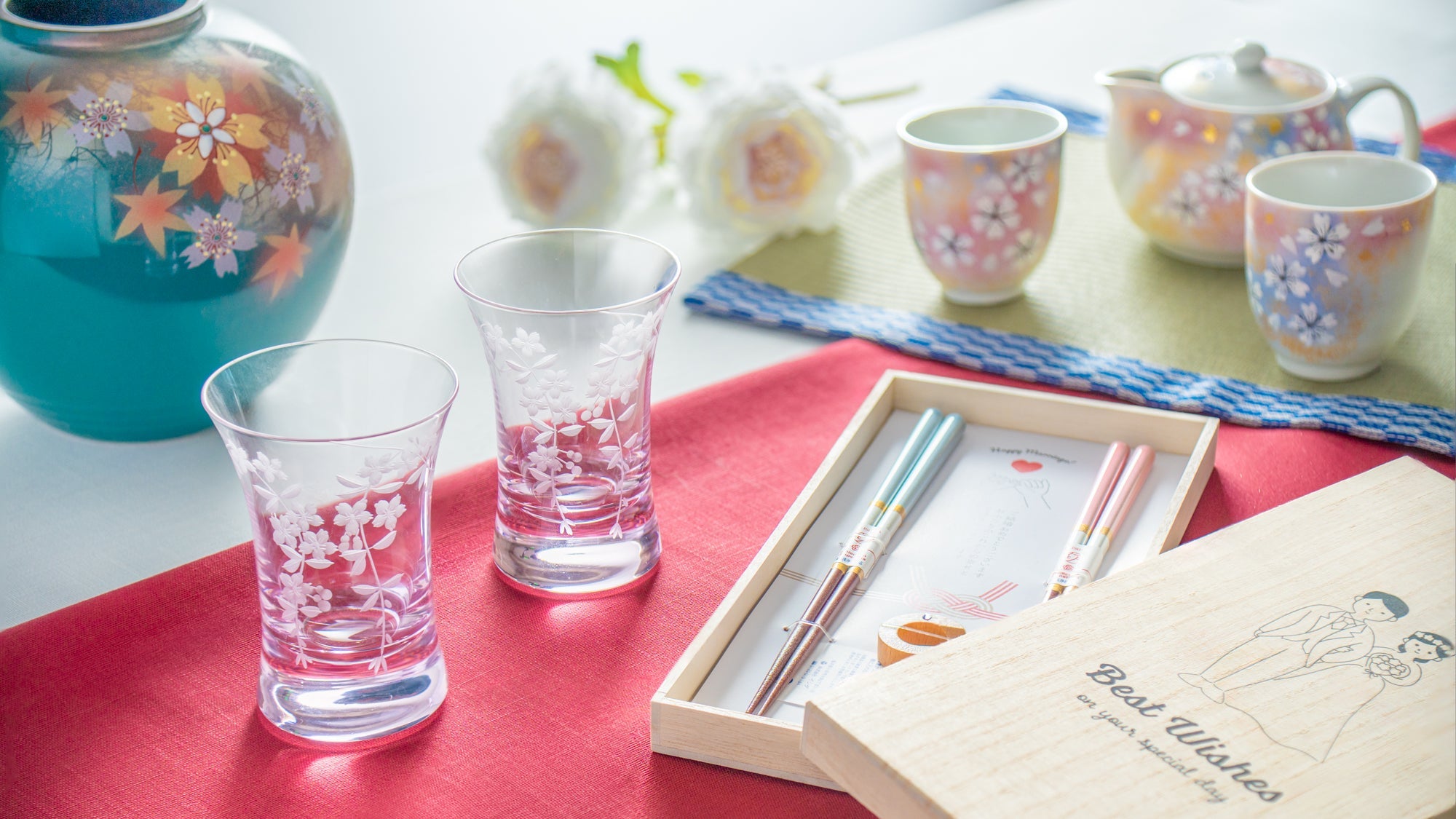
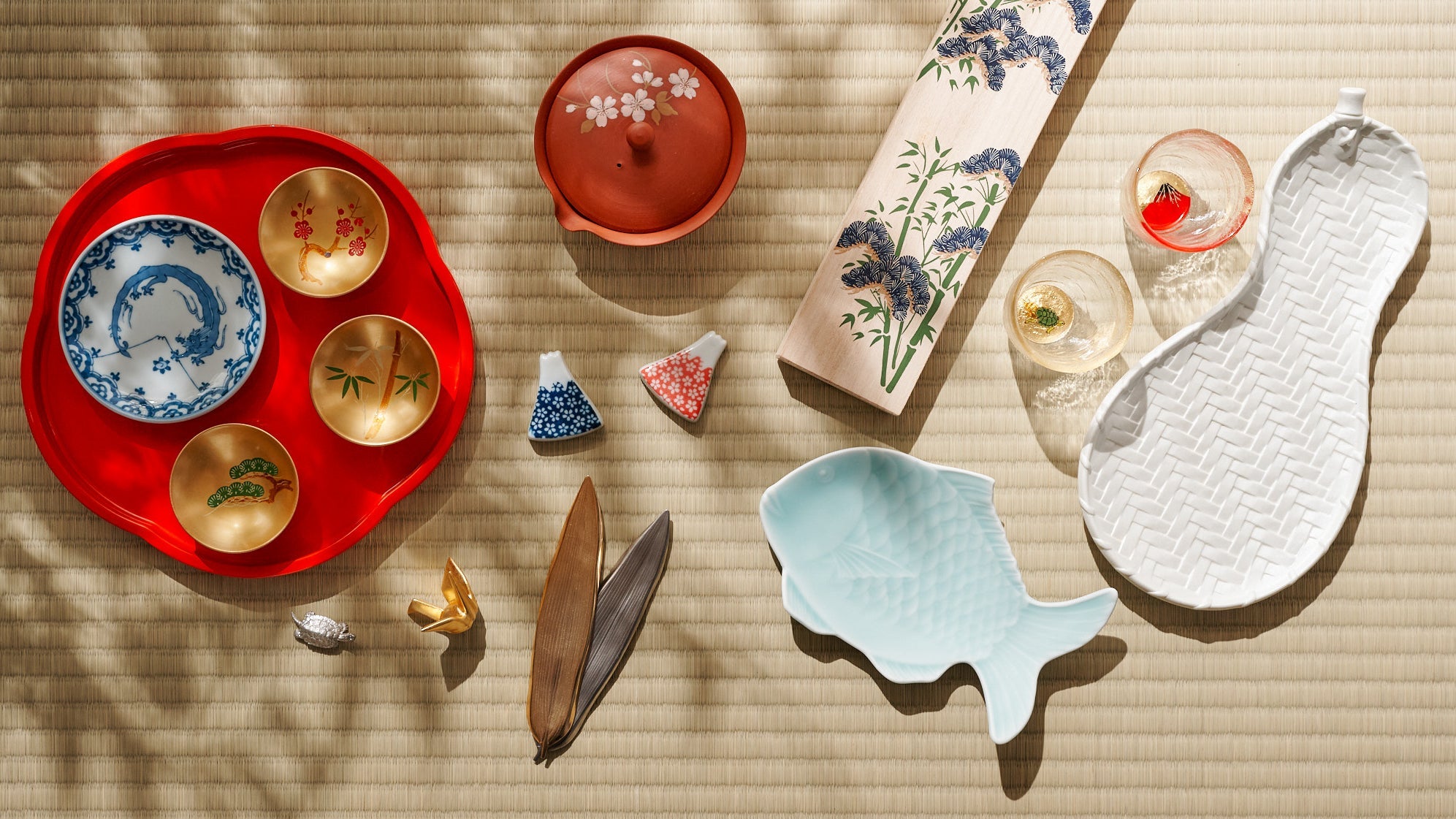
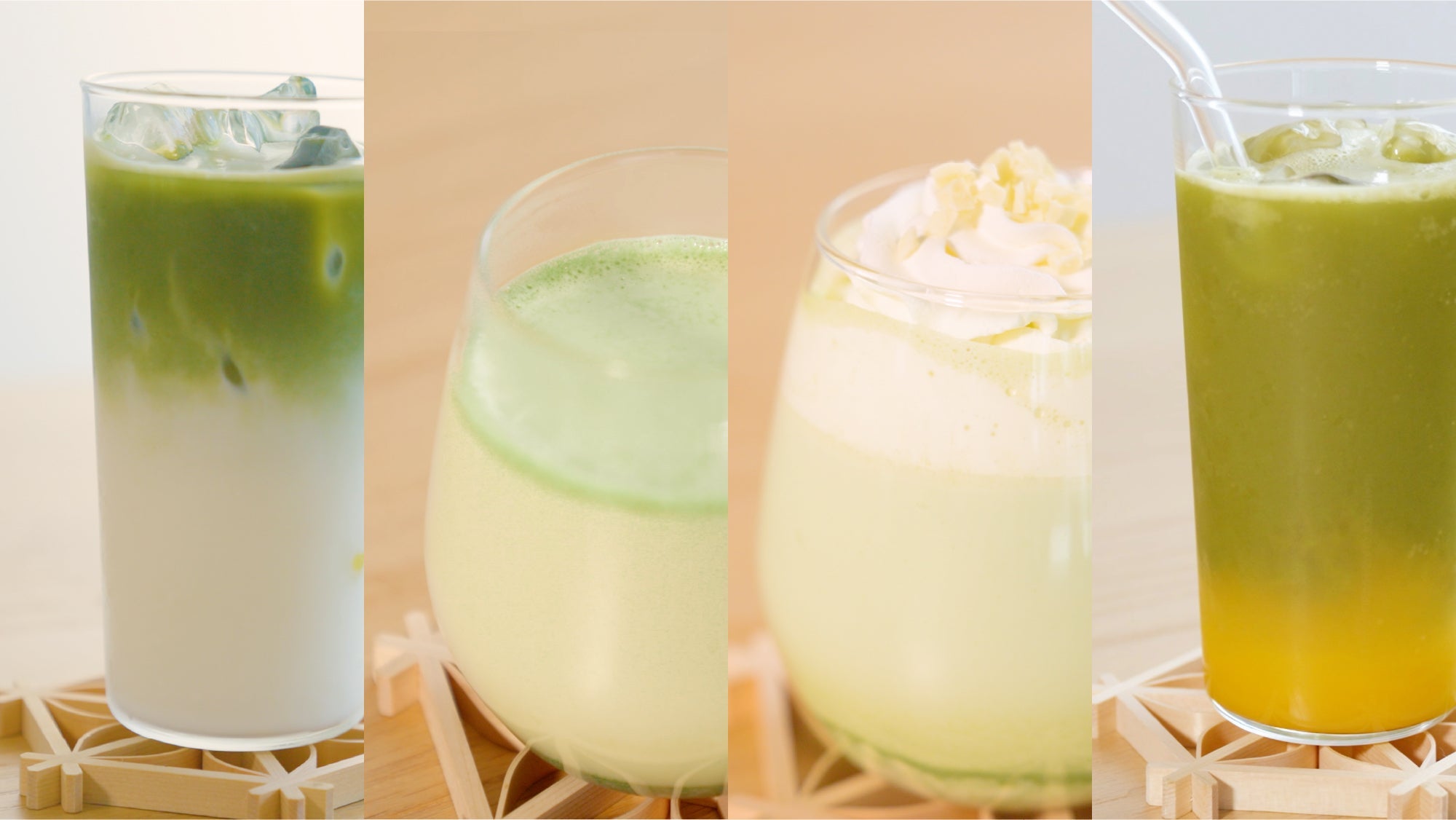


Leave a comment
This site is protected by hCaptcha and the hCaptcha Privacy Policy and Terms of Service apply.